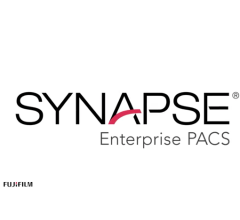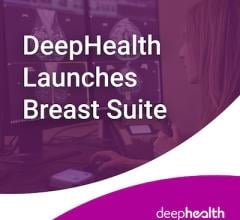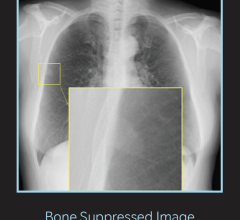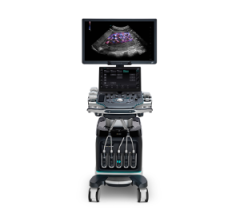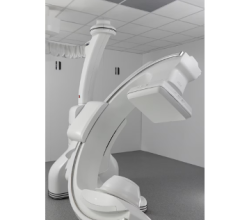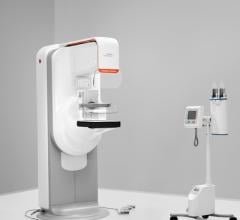
Bar graph shows the percentage of extremely advantaged and extremely disadvantaged zip codes with American College of Radiology (ACR)–accredited advanced imaging facilities. Socioeconomic disadvantage at the zip code level was measured by the Area Deprivation Index. Zip codes at greater than or equal to 97th percentile of Area Deprivation Index scores were considered extremely disadvantaged, zip codes at less than or equal to third percentile of Area Deprivation Index scores were considered extremely advantaged, and the remaining 94% of zip codes were excluded from this analysis. COE = centers of excellence. https://doi.org/10.1148/radiol.222182 © RSNA 2023
March 15, 2023 — Regions of the U.S. with an extreme level of socioeconomic disadvantage were less likely to have access to accredited medical imaging facilities and centers of excellence, according to a research letter published today, March 14, in Radiology, a journal of the Radiological Society of North America (RSNA).
Higher proportions of the disadvantaged zip codes were located in the rural southern portion of the U.S. A lack of access to high-quality imaging facilities has the potential to lead to delayed or missed diagnoses, further exacerbating the health disparities experienced by people who live in disadvantaged communities.
“Patients living in rural areas face unique barriers that prevent them from getting timely access to imaging services,” said study co-author Anand Narayan, M.D., Ph.D., vice-chair of equity and associate professor in the Department of Radiology at the University of Wisconsin-Madison. “If we as a community want to improve overall access to recommended imaging services, it is critical that we incorporate rural perspectives, particularly as many academic radiology departments are centered in urban or suburban areas.”
For the study, the researchers used the Area Deprivation Index (ADI). Originally developed in the 1980s by the Health Resources and Services Administration, the ADI is maintained and updated by researchers from the University of Wisconsin School of Medicine and Public Health Center for Health Disparities Research. The ADI measures the level of socioeconomic disadvantages of a region using 17 census-based metrics, such as income, education, and housing quality. Regions with greater disadvantages are ranked higher.
“The ADI is freely available for policymakers, researchers, patients, caregivers and clinicians,” Dr. Narayan said. “Health systems can proactively identify barriers experienced by patients who live in areas of extreme deprivation.”
To study the availability of accredited imaging facilities in extremely disadvantaged regions in the U.S., Dr. Narayan and colleagues used the ADI to identify zip codes that were either greater than or equal to the 97th percentile, which is considered extremely disadvantaged. Zip codes that were less than or equal to the 3rd percentile were considered extremely advantaged.
Researchers identified 2,796 U.S. zip codes that met the criteria for extremely disadvantaged. Of these, rural zip codes totaled 1,160, and urban zip codes totaled 1,636. There were 1,028 extremely advantaged zip codes, with 39 being rural and 989 being urban.
Across a number of imaging modalities, extremely disadvantaged zip codes had less access to accredited facilities. Only 21% of extremely disadvantaged zip codes had access to CT facilities, as compared to the 32% of extremely advantaged zip codes. This trend carried over to a number of other imaging modalities, such as MRI, with 19% of extremely disadvantaged zip codes having access, compared to 32% of extremely advantaged zip codes.
The largest disparity was found in ultrasound access. Only 14% of extremely disadvantaged zip codes had access to accredited ultrasound facilities, compared to 29% of extremely advantaged zip codes.
Improving patients’ geographic access to high-quality, accredited imaging facilities is an important step in breaking down the socioeconomic barriers that exacerbate health disparities.
“Radiology department leaders can use the ADI to inform the expansion and allocation of imaging services to ensure that areas of extreme deprivation have access to high-quality imaging services,” Dr. Narayan said.
For more information: www.rsna.org


 December 05, 2025
December 05, 2025 
